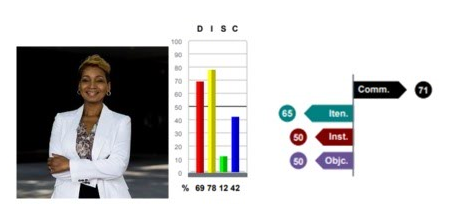
If you’re reading this, chances are you’ve hired people and wondered how you missed the waving flags of indications they weren’t the right fit for the role. Then you’re left to ask the question, how do I know what the job truly needs?
Most businesses are quick to answer this question with, “Let’s take our top performers and try to clone them,” or “I know what it takes, I’ll just tell you…” This approach limits objectivity and promotes bias. Organizations using this method may become narrow in focus and develop benchmarks and competencies that are incongruent with the actual needs of the job.
Consider if your organization only has C level employees when you’re are looking for A level people, should you clone the C level employees? Or consider if you should decide to just hire individuals like themselves.
Benchmarking a job minimizes bias and provides a clear objective and collective voice to what behaviors, motivators, and skills the job needs.
What is a Benchmark? Let me share one major step in the process that has proven to be successful for me as I work with my clients to hone in on just the right points for the selection of their talent.
Establish the Key Accountabilities
We will identify 3-5 Key Accountabilities to eliminate bias. Think of a benchmark as a “360 Survey” but one that is not asking about a person but a job, completed by those that know the job best. The end results (the Multiple Respondent Job Report) will tell you:
• The behaviors most needed for a job
• The motivators the job rewards
• The skills required to perform at a superior level
The success in benchmarking only comes when you include multiple participants to get their perspectives when you combine the data for an output that better defines what success looks like for that job.
So, if you are on a journey now to re-write job descriptions, or to hire the right talent I encourage you to pause and take the time to follow a process that allows for you to gather the data to benchmark. Start with the question…”If this job could talk, what would it say?”

